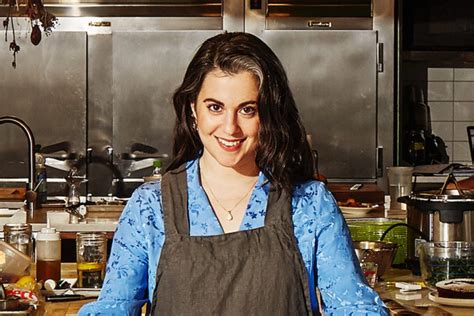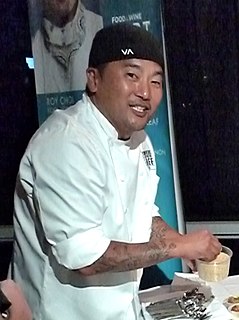A Quote by Tom Douglas
Over the years I've tweaked my stuffing recipe many times, adding a variety of ingredients like sauteed wild mushrooms, dried cherries, fresh chevre, toasted hazelnuts, chopped ham hock meat, and other taste treats.
Related Quotes
The indifference of children towards meat is one proof that the taste for meat is unnatural; their preference is for vegetable foods...Beware of changing this natural taste and making children flesh-eaters, if not for their health's sake, for the sake of their character; for how can one explain away the fact that great meat-eaters are usually fiercer and more cruel than other men; this has been recognised at all times and in all places.
I made my first Yule Log as a culinary student in Paris, complete with the traditional chestnut filling, silky chocolate buttercream, and almost-too-adorable mushrooms. Since then, I've tweaked and updated both the recipe and the process - and I've definitely learned tips and tricks to make it easier.
Of course, eating broccoli raw, nutritionally and aesthetically speaking, is no doubt the best way of all. Raw broccoli makes a delectable salad when sliced into thin strips on a mandolin, marinated in lemon-mustard vinaigrette, then tossed with toasted pecans or hazelnuts, halved cherry tomatoes, and fresh minced basil.
A white truffle, which elsewhere might sell for hundreds of dollars, seemed easier to come by than something fresh and green. What could be got from the woods was free and amounted to a diurnal dining diary that everyone kept in their heads. May was wild asparagus, arugula, and artichokes. June was wild lettuce and stinging nettles. July was cherries and wild strawberries. August was forest berries. September was porcini.




































